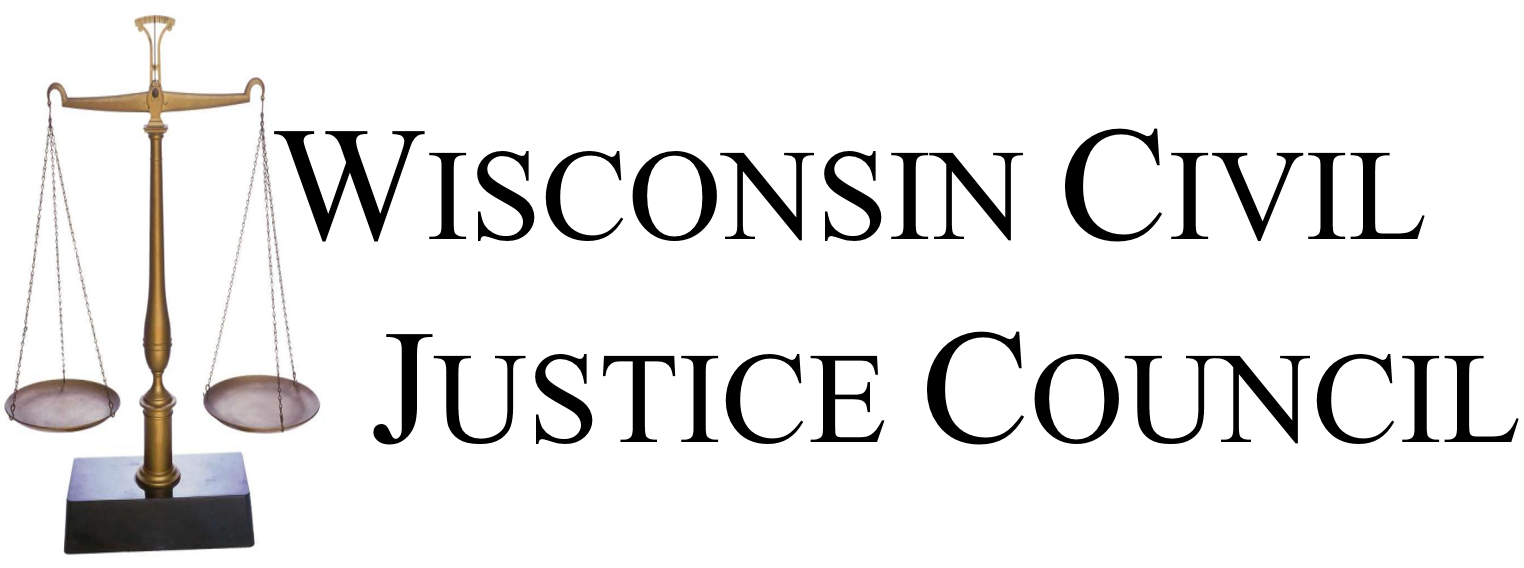In her article that appears in The Hill Blog, Lisa Rickard, President of the U.S. Chamber of Commerce Institute for Legal Reform, discusses federal legislation that ensures future asbestos victims will be compensated.
According to the article, the federal Furthering Asbestos Claim Transparency (FACT) Act (H.R. 982) would require various asbestos trusts to file quarterly reports with the bankruptcy courts detailing who has filed a claim and how much money was paid out.
Ms. Rickard explains why this important:
This reporting will also allow judges and still solvent companies in the court system to know whether a case filed in the courts conflicts with claims already filed with the trusts. An average of $2.5 billion dollars is paid out each year as a result of asbestos court cases and money paid on fraudulent or inflated claims hurts shareholders and costs jobs.
There is nothing in the FACT Act that will interfere with or delay asbestos victims’ ability to file legitimate lawsuits or trust claims. The legislation protects individuals’ privacy by prohibiting the release of confidential medical records, Social Security numbers, and other personal information protected by existing bankruptcy laws. Furthermore, the bill’s reporting requirements would ensure that trusts have sufficient funds to pay legitimate claims by rooting out fraud in the system.
Similar to the federal FACT Act, Wisconsin legislation (AB 19/SB 13) will preserve money for future claimants by requiring plaintiffs’ attorneys to disclose whether they have received claims from trust funds before they sue a solvent Wisconsin business. This will help prevent trial attorneys from double-dipping: receiving compensation once from a trust fund and second time from a solvent Wisconsin business for the same claim.
AB 19 has passed the Assembly and was recommended for passage by the Senate Judiciary Committee. WCJC is urging the Wisconsin Senate to schedule a vote to enact this important piece of legislation to protect current and future asbestos victims.
